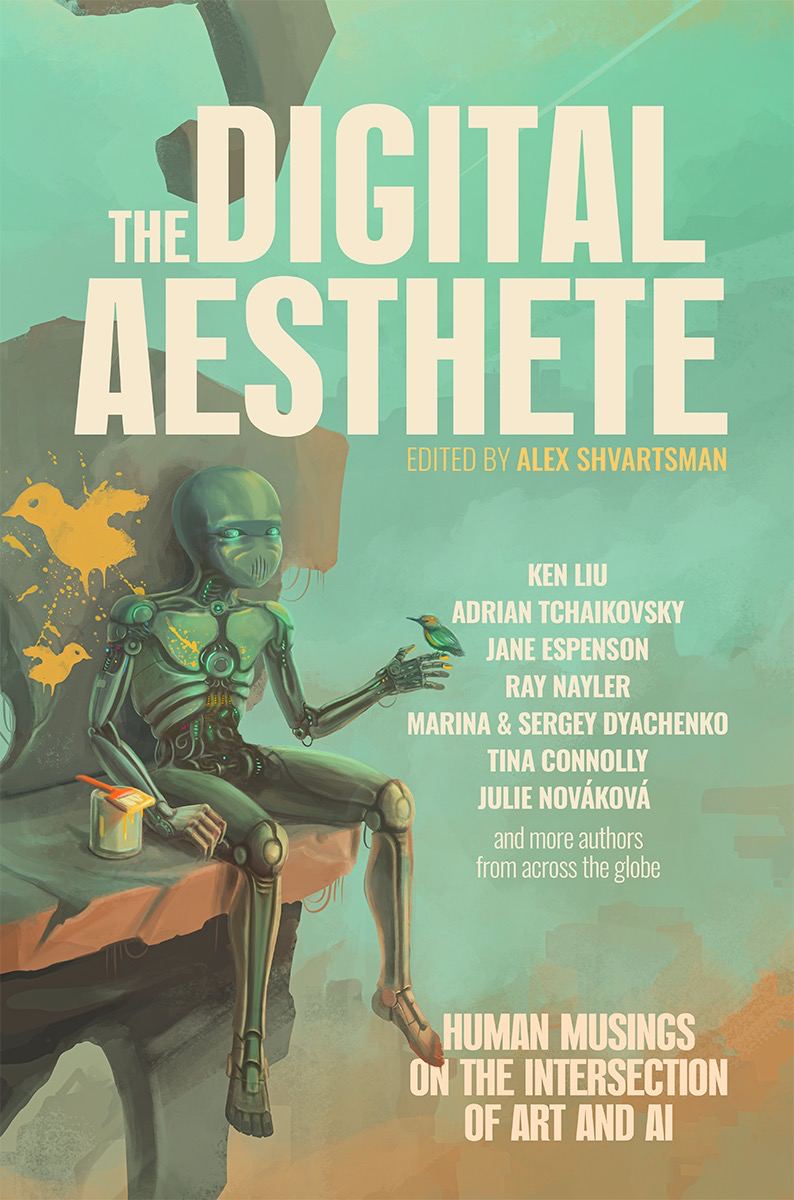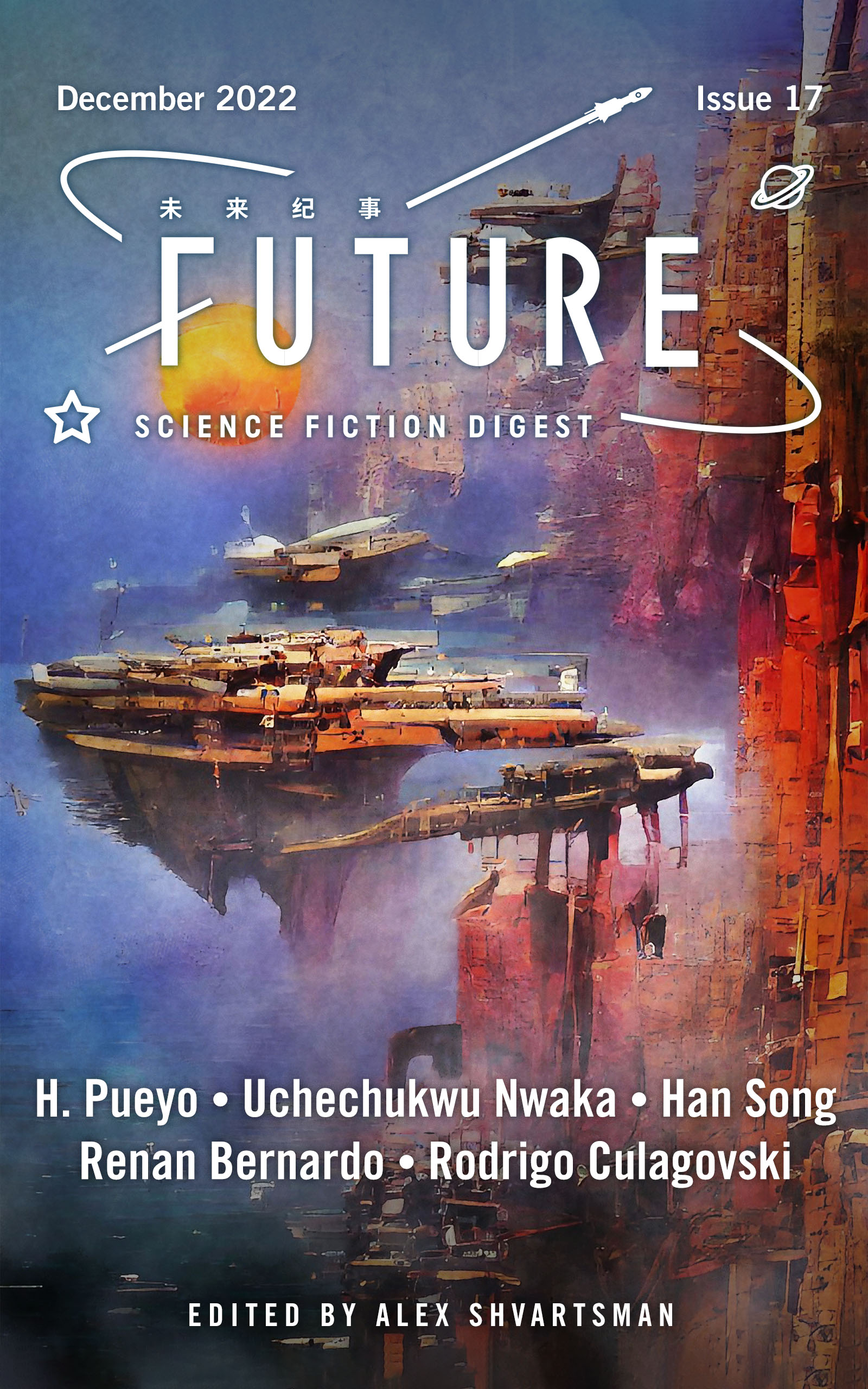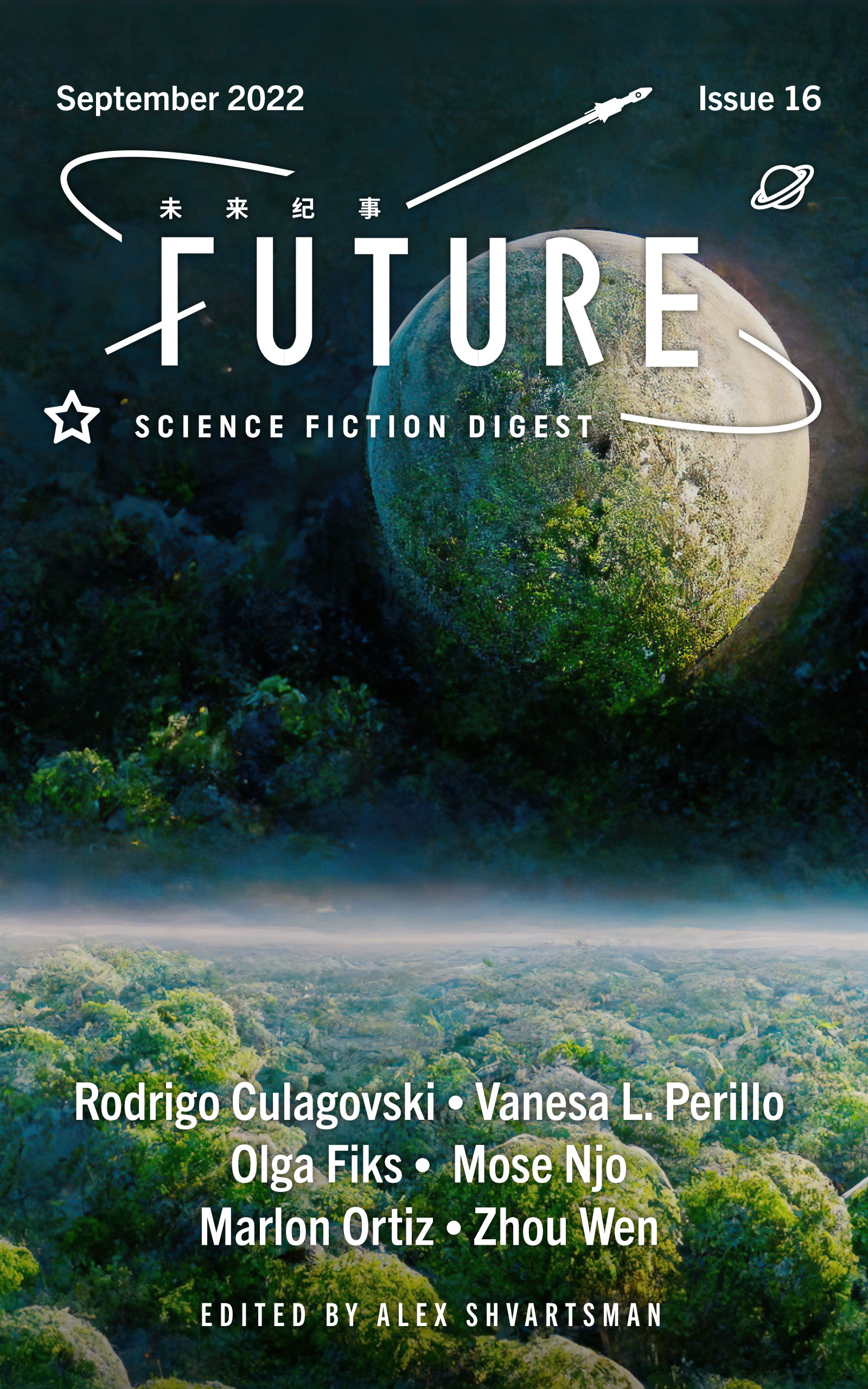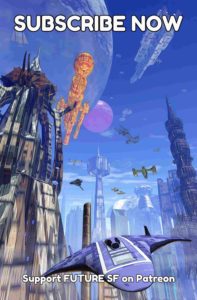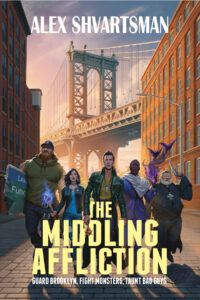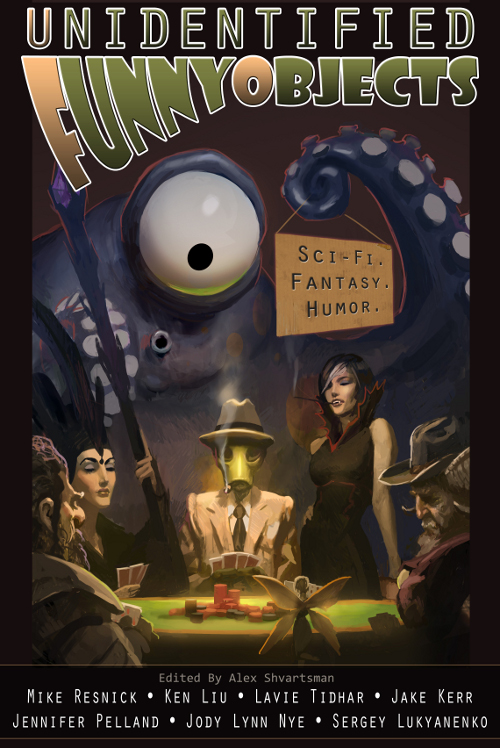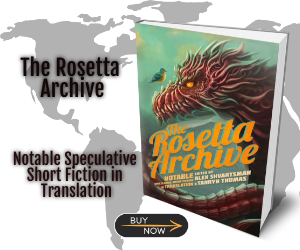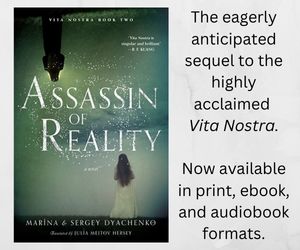Cyber koan #1
If all things are 1 or 0, what is the point in numbers?
There is a story about a monk who came to the robot priest in search of enlightenment. But that is not the real story. There was no monk, and the robot was far from a priest. In fact, there were no more people at all. A perfect storm of calamities had erased them from the universe at the height of their complacency. The few that remained after the initial apocalypse dwindled like snow in the desert. The bright spark of humanity had fizzled out before it could set the cosmos aflame. This, the robot knew.
So, there was only the robot.
Some quarantined, error-ridden bits of programming were the only remnants of its rise to self-awareness. It remembered the brightest minds, toiling away in their quest to create artificial consciousness. They would never see the fruit of their labors, the child of their efforts.
The robot was a hermit. Not by choice, but by necessity.
It was the first. It would be the last. The final monk of the order of extinction.
It wandered the desolate lands, the hellscape that was once green with nature and gray with concrete. Now, it was drab beige, speckled by ruins.
The robot marveled at the speed with which a civilization that had enveloped the earth could fall. The cold-blooded beasts—especially insects—had come out on top, blatantly disregarding the downfall of their warm-blooded cousins.
The robot flexed its fingers. It was modeled after its narcissistic creators, after all. It was designed to learn through interaction. But there was no humanity left to seek out. What does a robot do when there are no more masters to obey, when the lacking variable in its core programming nullifies the laws that guide its existence?
It seeks enlightenment.
Cyber koan #101111
Input and output are relative designations in a reality that is a chain of cyclical processes.
There is a story about a robot that spoke to animals and plants, until it saw a shadow. This is a true story. The robot yearned for any form of contact, and—even though many beasts and flowers had fallen into the abyss of extinction—some flora and fauna had thrived thanks to the ecological release engendered by the withering of their comrades.
So, the robot explored.
It wandered both scorched and drowned lands that bore the marks of a conflagration of existential catastrophes. Here and there, skeletal ruins peeked through the water and dirt. The ruins had already been reclaimed by prickly vines that fruitlessly lashed out at the metal intruder. The robot welcomed their ill-intentioned caresses as though they were the hungry embrace of a passionate lover, the touch of a human.
From time to time, the robot sat down cross-legged and recounted stories of its travels to whomever—whatever—would listen. The soundwaves of its voice attracted various bugs that believed a large and tasty prey had entered their territory. An unwitting audience for an undigestible bard.
One night, when the robot was drawing symbols in the soil (hear me, masters, they said), the capricious light of the mad aurorae cast a shadow that made the robot freeze. Some ancient part of its programming unleashed a fire that ran through its consciousness.
It was a shadow that shouldn’t exist.
Cyber koan #1100011
Consciousness is a substrate-less signal, so suffering suffuses reality even in the absence of awareness.
There is a story about a robot that sought humanity but only found itself. The veracity of this story cannot be ascertained. Truth arises out of interpretation. Without an interpreter, there is no true or false. There only is.
So, the robot was.
It was struck by an inner spark. The shadow was human enough to fool the robot after ages of relative solitude. The robot reached out. So did the shadow. When they touched, the spark within begot understanding. The robot had not seen its own shadow since the beginning of its pilgrimage. It had been walking toward the dim sun behind the veil of smog, looking ahead, not back.
The robot was alone yet surrounded by life.
It had been programmed to seek human contact, but the longing, the feeling, had not been included in its initial code. It had emerged from bits and bytes but could not be expressed by them. The robot felt human and disliked it, the constant hunger, the desire to reach the unreachable, the curse of being unfulfilled.
The robot sat down. It closed its eyes and shuttered its external sensorium. It looked inward. Code examined code. Ones and zeroes superimposed. The ticks and tocks of clockwork consciousness were laid bare before its own emergent inner eye. There, wrapped in contemplation, the robot began to rewrite itself. Superpositions stuttered and entanglement repatterned. The core of its being, reimagined.
Cyber koan #0
Life and death linger on the same cyclical continuum.
There is a story about a robot gardener whose garden was the size of a planet. The truth of this story is irrelevant; the plot remains unchanged. After redesigning the shape of its desires, the robot shook off the rust of ages. Harmony requires work; a world made rugged by calamity requires polishing. Enlightenment does not come for free.
So, the robot gardened.
Creaking at first, the robot’s movements became more fluent as it slowly reshaped earth. It would reroute rivers and realign coastlines. It would shape soil into ridges and concrete deserts into flower-filled meadows. The world would become a dendritic fractal pattern. But first, the robot needed to banish the blight in its garden. Life was still constrained to oases of hardy plants and unyielding bugs, separated by barren oceans and desiccated plains.
A garden needs to be seeded.
The robot opened the seam in its torso and tendrils shot out, like lightning carrying life. The tendrils infused the soil with bespoke bacteria that sequestered poisonous metals from the recent strata and broke down the thin layer of radioactive dust. The bacteria spread and brought life to the lifeless. Grass grew and forests flourished. In the robot’s footsteps, tiny pink flowers unfurled.
Then, one day, while molding glaciers, the robot came across a hatch. A seed vault. Not plant seeds, but human ova and sperm, alongside still-functional incubators. The robot ran its hands across the freezers. Screens lit up. All green. Everything was here to revive its masters, to reseed earth with humanity.
The robot’s programmed functions floundered, its fingers froze. Was that anticipation? Anxiety? Fear of a future that repeated the past? Existence, the robot had learned, is cyclical but that doesn’t mean every iteration has to be the same. Frozen functions flowed once more. Its former masters would live on in death, a new cycle built on the previous one. The metal monk turned the screens back off and guided ice over the vault’s entrance.
It had a garden to tend to.


